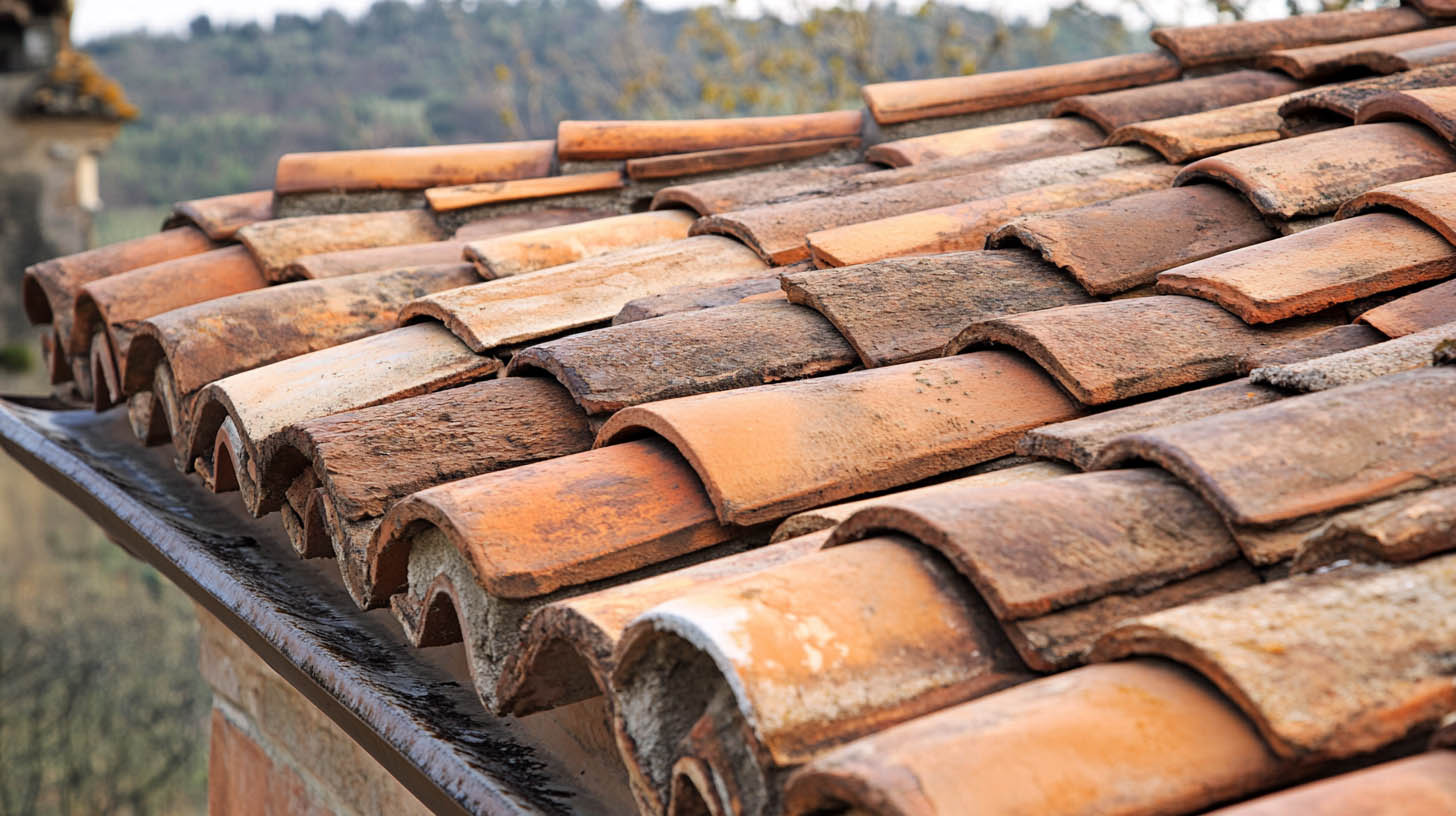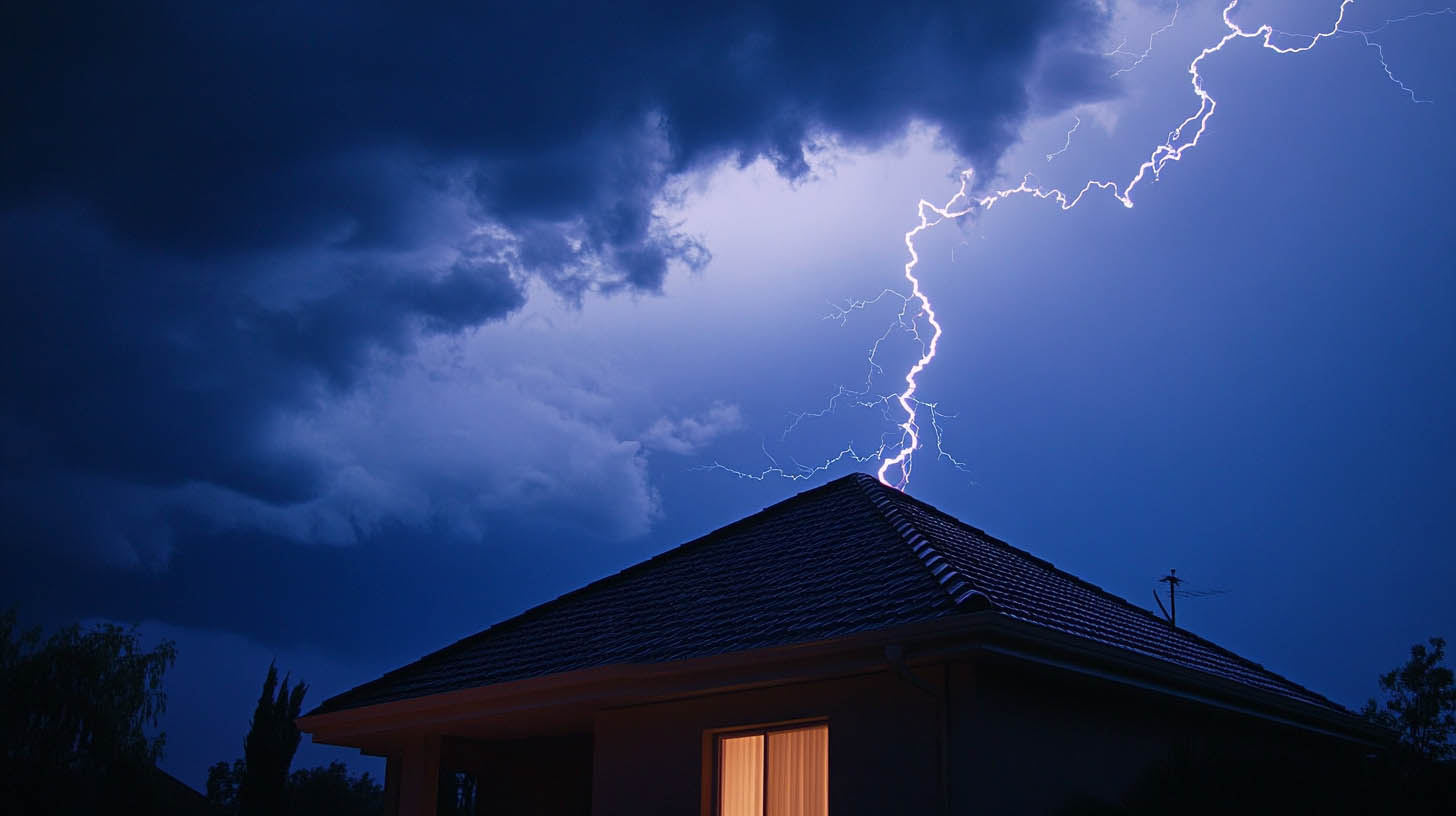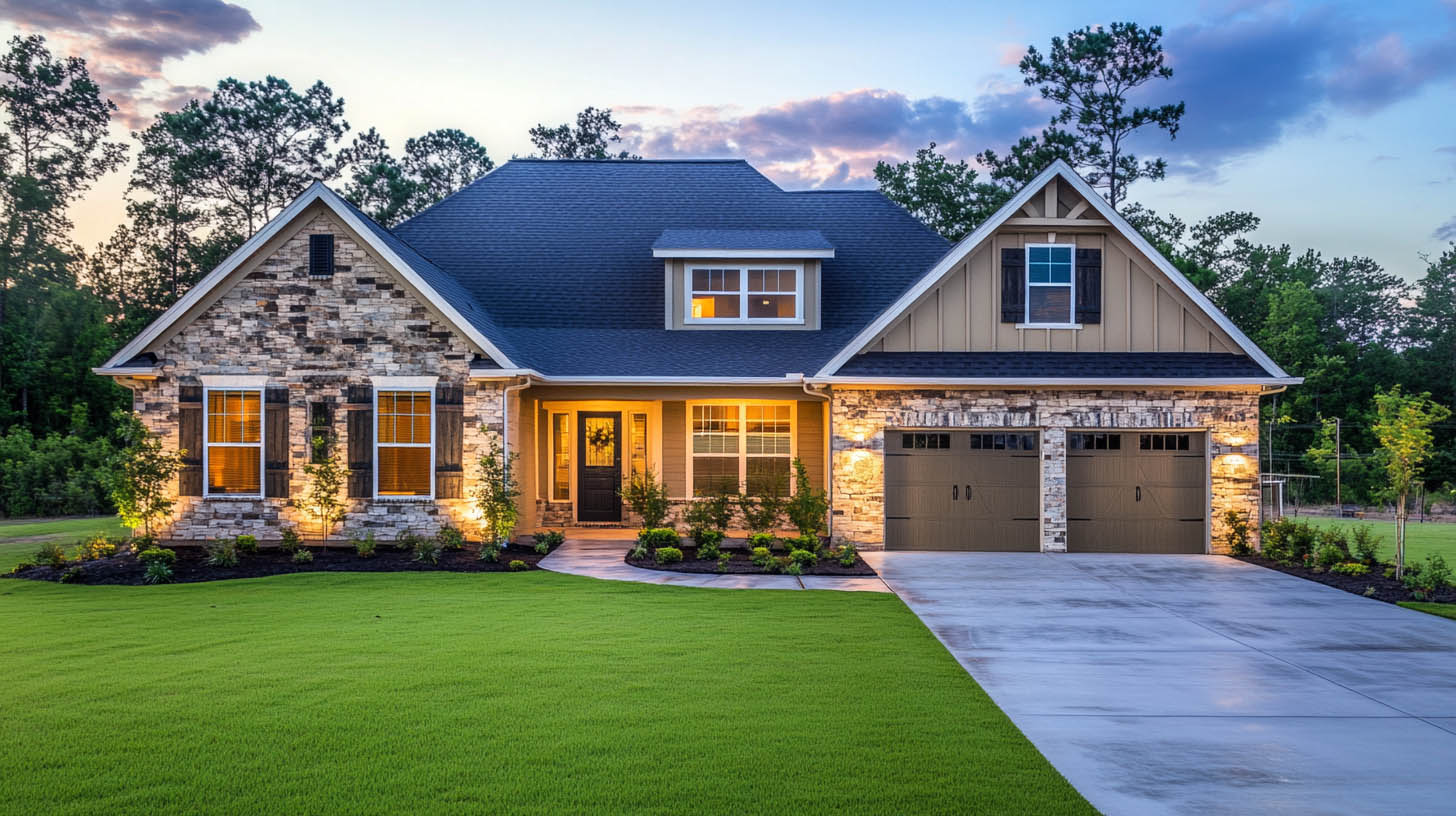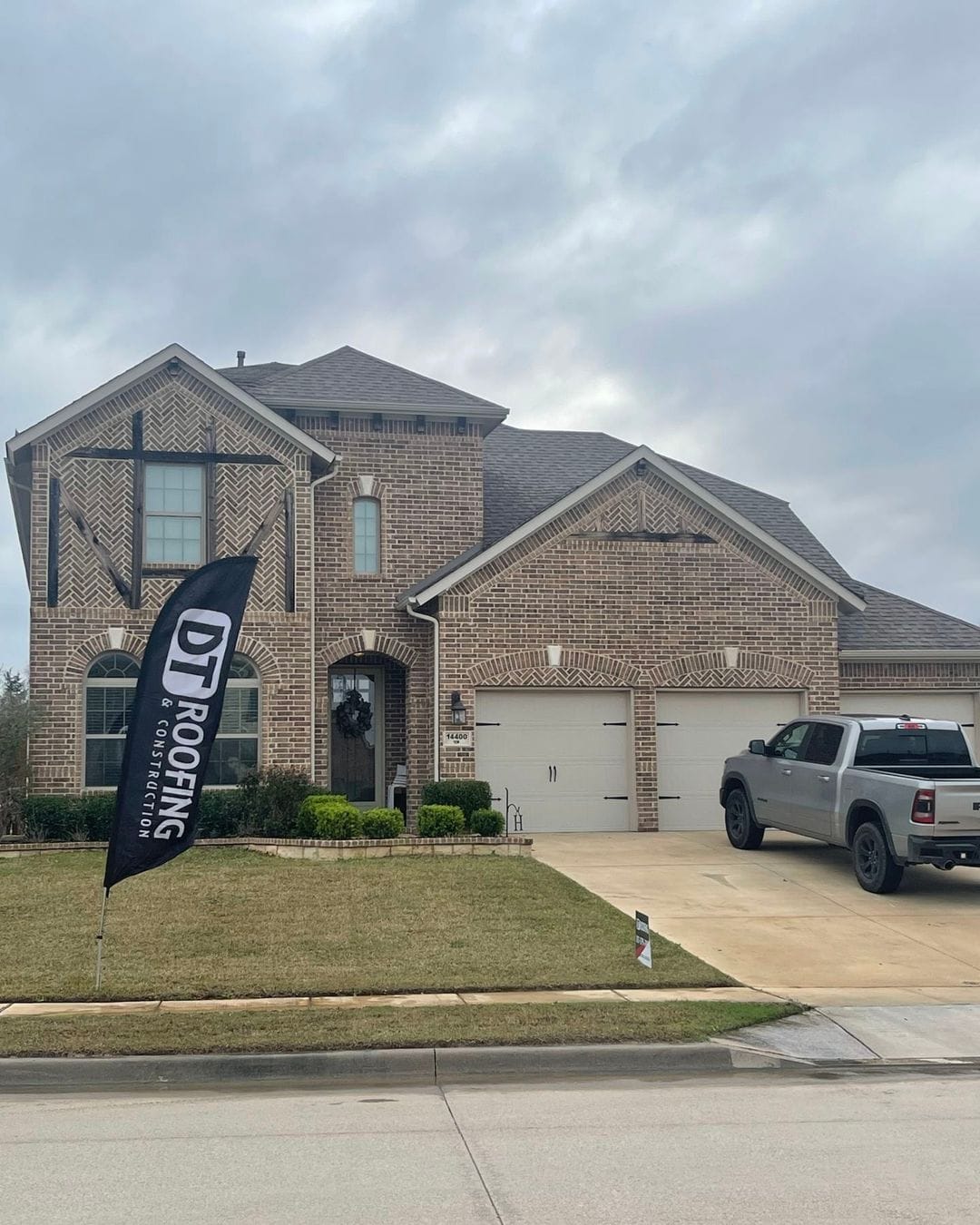
A Closer Look at Traditional Historic Roofing Materials
Historic homes are more than just buildings—they are time capsules, preserving architectural styles and craftsmanship from a different era. In Weatherford, TX, where historic properties are treasured and often protected by preservation standards, one of the most defining features of these homes is their roofs. A roof not only protects the home but also plays a vital role in maintaining its historical integrity.
Choosing the right materials for a historic roof involves a delicate balance between preserving authenticity and ensuring modern performance. In this blog, we’ll take a closer look at the traditional roofing materials commonly used in historic homes—and what modern homeowners need to know when repairing or restoring them.
Slate Roofing: The Gold Standard of Durability
Slate is one of the oldest and most durable roofing materials still in use today. Quarried in various parts of the U.S. and Europe, slate tiles are made from natural stone, offering a unique texture, rich color variation, and impressive longevity—sometimes lasting over 100 years.
In historic homes, especially those with Victorian, Gothic, or Colonial influence, slate was often the roofing material of choice. Its elegant appearance and fire-resistant qualities made it a popular option among affluent homeowners of the 19th and early 20th centuries.
However, slate requires a reinforced roofing structure due to its weight, and finding skilled contractors to install or repair slate roofs is essential. At DT Roofing, we’re experienced in preserving slate roofing systems, blending traditional aesthetics with modern underlayment and insulation options.
Wood Shakes and Shingles: Rustic and Authentic
Wood was a prevalent roofing material in early American architecture. Depending on the region, shakes and shingles were often crafted from cedar, cypress, or redwood due to their natural resistance to rot and pests.
Wood shakes are thicker and more irregular than shingles, offering a rugged, hand-split appearance. Shingles, on the other hand, are sawn smooth and provide a cleaner, more uniform look. Both types were commonly used on Craftsman, Colonial, and early Ranch-style homes.
While wood roofing offers unmatched authenticity, it requires routine maintenance and, in many areas, may be restricted due to fire codes. However, modern fire-retardant treatments and composite alternatives can provide the same look with added safety.
Clay and Terracotta Tiles: Classic and Cultural
Homes with Spanish or Mediterranean influence often feature clay or terracotta tiles, prized for their curved shape, rich earth tones, and thermal efficiency. These roofs last upwards of 50 years when properly maintained.
Clay tiles were especially popular in early 20th-century architecture across the southwestern U.S., including parts of Texas. Their ability to withstand high heat and repel water makes them well-suited for Weatherford’s climate.
While clay tiles are heavy and somewhat brittle, modern versions maintain historical integrity while improving durability and ease of installation.
Metal Roofing: Historical Yet Modern
Although many associate metal roofing with contemporary architecture, its use dates back centuries. Standing seam metal roofs were commonly found on barns, historic government buildings, and early rural homes. Made from tin, copper, or terne-coated steel, these roofs were prized for their longevity and fire resistance.
Today, metal roofing remains an excellent option for historic homes, offering both traditional charm and cutting-edge protection. Historic districts in Weatherford often allow standing seam metal roofs as an appropriate alternative when restoring older properties.
Synthetic Materials: The Best of Both Worlds
For homeowners looking to preserve the appearance of a historic roof without the challenges of natural materials, modern synthetic options have emerged. Composite slate, synthetic cedar shakes, and lightweight polymer tiles mimic the look of traditional materials while offering lower maintenance and improved resistance to weather and fire.
These materials are particularly helpful when original materials are no longer available or when structural reinforcement is not feasible. They also often come with extended warranties, giving peace of mind to preservation-minded homeowners.
Working with Historic Preservation Standards
If you live in a designated historic district or your home is registered as a historic property, any exterior renovations—especially roofing—may be subject to strict guidelines. The goal of these regulations is to preserve the home’s original appearance and maintain the character of the neighborhood.
Before starting a roof restoration, it’s essential to work with a contractor who understands local building codes, preservation requirements, and the unique challenges of restoring older structures.
At DT Roofing, our in-house craftsmen specialize in historical restoration. We understand the materials, techniques, and aesthetics needed to match your home’s original roof while upgrading its performance to meet today’s standards. As a Top 100 Roofers company and an Owens Corning Platinum Preferred Contractor, we blend tradition with innovation seamlessly.
Protecting the Past, One Roof at a Time
Choosing roofing materials for a historic home isn’t just about performance—it’s about respect for craftsmanship and architectural legacy. By selecting the right materials and working with knowledgeable professionals, you can protect your home’s history while ensuring it stands strong for future generations.
Whether you’re restoring a Queen Anne Victorian or a Craftsman bungalow, trust DT Roofing to deliver detail-driven care that honors your home’s heritage. Let us help you preserve the past while building a stronger future.
Read also our blog: This One Tip Could Save Homeowners Big Money









